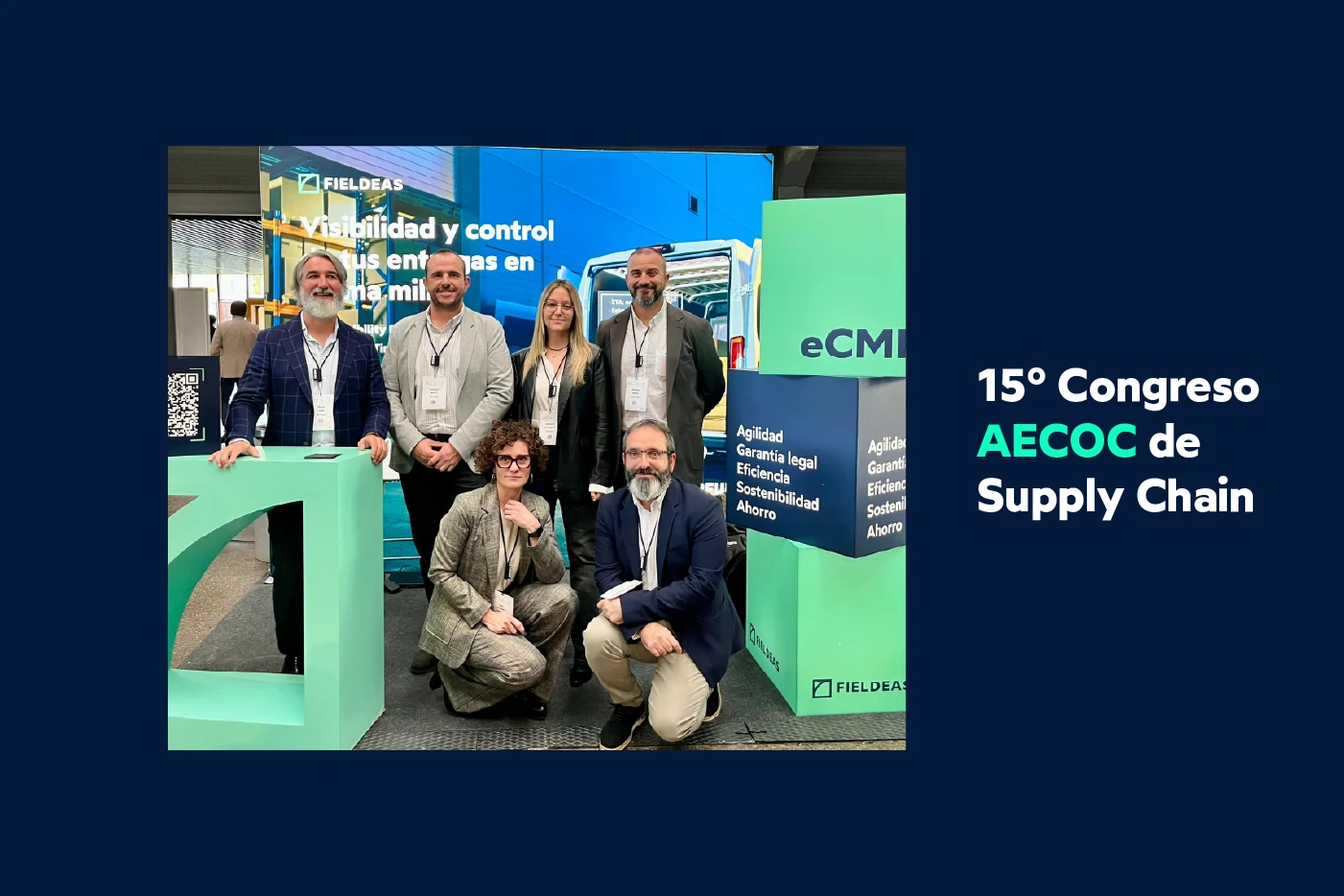5 technological contributions to a sustainable supply chain


Sustainability is a crucial element in supply chain management. More and more companies want to have effective control of the carbon footprint generated by their logistics activities.
This control has two main objectives. On the one hand, by promoting sustainability and respect for the environment, many companies seek to generate a positive image among customers who are increasingly aware of the need to reduce the impact of human activities on the environment.
Secondly, the control of pollutant emissions generates cost savings in the form of lower energy consumption in general and of transportation fuels in particular.
In a recent study, Transport Intelligence notes that the last decade has seen a massive acceptance of the value of sustainability to logistics activity.
Specifically, the study states that 65% of the companies surveyed have already adopted some type of measure to measure their polluting emissions and reduce them, mainly to gain a competitive advantage in the market or to improve their brand image.
Logistics and transportation are undergoing a process of energy transformation that runs parallel to digitalization.
In fact, the two trends complement each other, and the increasingly intensive use of information technologies in logistics management makes it possible to measure the effectiveness of the measures taken and to boost control of the supply chain’s environmental footprint, through developments that combine sustainability and service.
In this sense, if the change in the energy model towards alternative fuels to oil derivatives has a decisive impact on the reduction of polluting emissions from transport and logistics, new technologies make it possible to provide efficiency measures that also go along the same lines, while avoiding unbearable costs.
Thus, technology can drive sustainable supply chains through 5 key contributions:
1) Measuring the carbon footprint: Technology makes it possible to measure pollutant emissions in detail in complex systems such as supply chains.
2) Situation analysis: Through the information collected, the technology makes it possible to develop models that can be used to identify weak points in environmental management that can be improved.
3) Proposals for improvement measures through computer models: Technology makes it possible to analyze at which critical points in the chain measures can be taken to reduce environmental impact and to fine-tune their possible results.
4) Facilitate corrective measures: Information on pollutant emissions in the chain allows practically immediate improvement measures to be taken if managed in real time.
5) Integration and alignment of sustainability policies through collaboration: Technology enables the different links in the supply chain to collaborate and share information that allows them to achieve proper alignment to achieve their sustainability goals.
In order to achieve a sustainable supply chain, it is essential to develop initiatives that take into account respect for the environment in logistics management in three different areas:
In short, visibility and traceability systems are the link between the sustainable supply chain and technology.
Only through visibility and traceability tools such as FIELDEAS Track and Trace is it possible to measure parameters that will enable operational improvements in the logistics chain, either through better fleet management or by fine-tuning transit times.
According to the Transport Intelligence report, 35% of companies in the logistics sector have yet to measure their pollutant emissions and take measures to reduce their environmental impact.
The logistics sector is a heterogeneous sector, with companies of many different sizes and carrying out different activities. That is why they need solutions adapted to their concrete and specific realities.
Technology is making this possibility easier and easier. And solutions such as FIELDEAS Track and Trace bring it even closer to all companies in the supply chain thanks to its adaptability and versatility.
FIELDEAS Track and Trace provides real-time, visual, end-to-end visibility, with no blind spots and from a business perspective, ideal for integrating supply chain environmental policy into the overall vision of any company looking to truly implement a sustainable supply chain.
In the field of sustainability, FIELDEAS Track and Trace leverages its ability to provide complete visibility of the supply chain in real time to offer a comprehensive set of metrics that enable accurate measurement of the carbon footprint in the chain to take action to reduce pollutant emissions.

07 Nov 2025
Measuring to improve: why your digital form needs KPIs
In the current business scenario, where efficiency and traceability are key to competitiveness, the digital form has become an essential resource for capturing, organizing and analyzing data in real time….

04 Nov 2025
How to integrate eCMR into your company: A step-by-step guide to digitizing transportation
We have already talked several times in this blog about the importance of starting the digital transformation of transportation with document digitalization or eCMR. On this occasion, we are going…

31 Oct 2025
How digital forms drive sustainability in industry
Digital forms have gone from being a simple operational tool to become an essential component of industrial sustainability strategies. Beyond replacing paper, its use transforms the way organizations collect, manage…

29 Oct 2025
Supply chain challenges and the key role of digitization
The 15th edition of the AECOC Supply Chain Congress brought to the table the main challenges facing the supply chain in an uncertain, volatile and highly competitive environment. Under the…